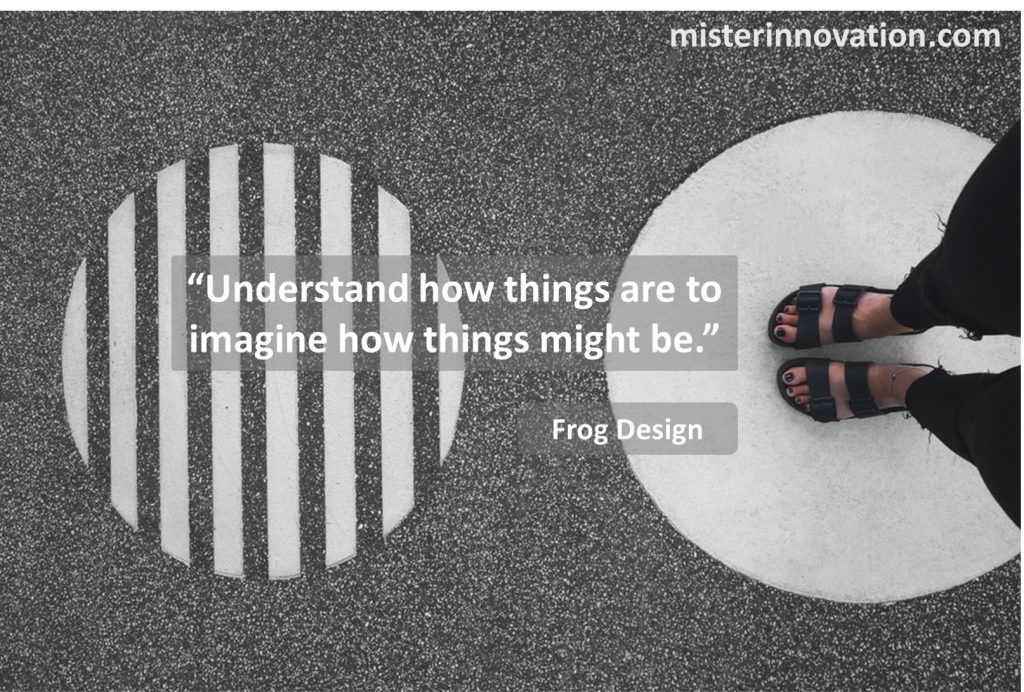
GUEST POST from Chateau G Pato
In today’s rapidly changing and fiercely competitive business landscape, companies are constantly seeking ways to stay ahead of the curve and drive innovation. One of the key ingredients to building a truly innovative culture is diversity and inclusion. By embracing a wide range of perspectives, experiences, and backgrounds, organizations can unlock creativity, drive progress, and ultimately, achieve greater success in their endeavors.
Case Study 1: Google
A prime example of a company that has prioritized diversity and inclusion in fostering an innovative culture is Google. The tech giant has made significant strides in promoting diversity within its workforce, with initiatives such as unconscious bias training, diversity recruiting efforts, and employee resource groups for underrepresented groups. By actively seeking out diverse talent and creating a culture of inclusivity, Google has been able to tap into a wealth of diverse perspectives and ideas, leading to groundbreaking innovations such as Google Maps, Gmail, and other products that have revolutionized the tech industry.
Case Study 2: Airbnb
Another company that has demonstrated the power of diversity and inclusion in driving innovation is Airbnb. The hospitality platform has made diversity and inclusion a core part of its company culture, with initiatives such as unconscious bias training, diversity and inclusion workshops, and partnerships with organizations that support underrepresented communities. By actively promoting diversity in its workforce and fostering a culture of inclusion, Airbnb has been able to attract a diverse range of talent, leading to innovative ideas such as the Experiences feature, which allows users to book unique activities and experiences hosted by locals around the world.
In both of these case studies, we see the tangible benefits of diversity and inclusion in building an innovative culture. By bringing together individuals from a variety of backgrounds, experiences, and perspectives, companies are able to foster a culture of creativity, collaboration, and innovation. Diverse teams are more likely to challenge the status quo, think outside the box, and come up with innovative solutions to complex problems. Inclusive cultures also create a sense of belonging and psychological safety, encouraging employees to share their ideas, take risks, and push the boundaries of what is possible.
Conclusion
The importance of diversity and inclusion in building an innovative culture cannot be overstated. Companies that prioritize diversity and inclusion are not only able to attract top talent, but also drive creativity, foster collaboration, and ultimately, achieve greater success in their industries. By embracing diversity and creating a culture of inclusion, organizations can unlock the full potential of their employees, drive innovation, and stay ahead of the competition in today’s rapidly evolving business landscape.
SPECIAL BONUS: The very best change planners use a visual, collaborative approach to create their deliverables. A methodology and tools like those in Change Planning Toolkit™ can empower anyone to become great change planners themselves.
Image credit: misterinnovation.com
![]() Sign up here to get Human-Centered Change & Innovation Weekly delivered to your inbox every week.
Sign up here to get Human-Centered Change & Innovation Weekly delivered to your inbox every week.







